Archives
- 2025-12
- 2025-11
- 2025-10
- 2025-09
- 2025-03
- 2025-02
- 2025-01
- 2024-12
- 2024-11
- 2024-10
- 2024-09
- 2024-08
- 2024-07
- 2024-06
- 2024-05
- 2024-04
- 2024-03
- 2024-02
- 2024-01
- 2023-12
- 2023-11
- 2023-10
- 2023-09
- 2023-08
- 2023-07
- 2023-06
- 2023-05
- 2023-04
- 2023-03
- 2023-02
- 2023-01
- 2022-12
- 2022-11
- 2022-10
- 2022-09
- 2022-08
- 2022-07
- 2022-06
- 2022-05
- 2022-04
- 2022-03
- 2022-02
- 2022-01
- 2021-12
- 2021-11
- 2021-10
- 2021-09
- 2021-08
- 2021-07
- 2021-06
- 2021-05
- 2021-04
- 2021-03
- 2021-02
- 2021-01
- 2020-12
- 2020-11
- 2020-10
- 2020-09
- 2020-08
- 2020-07
- 2020-06
- 2020-05
- 2020-04
- 2020-03
- 2020-02
- 2020-01
- 2019-12
- 2019-11
- 2019-10
- 2019-09
- 2019-08
- 2019-07
- 2019-06
- 2019-05
- 2019-04
- 2018-07
-
Oxysterols modulate the immune responses
2021-05-19
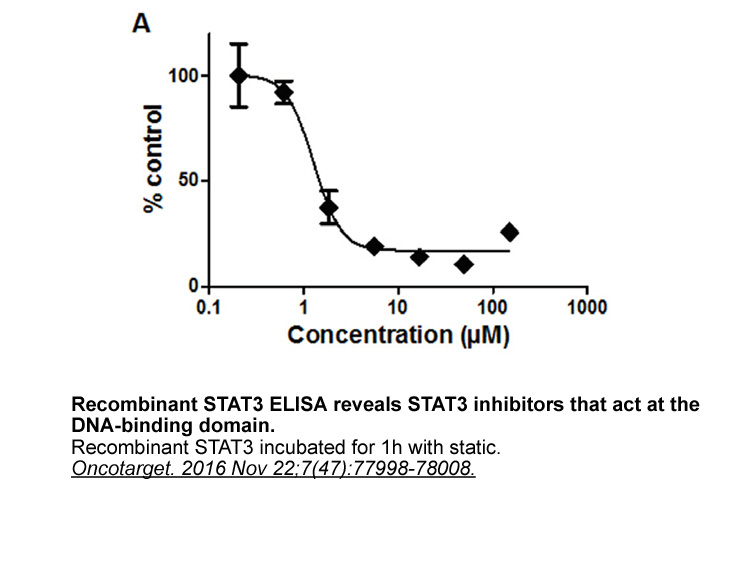
Oxysterols modulate the immune responses and as such could be effectors of the tumor environment: 25-OHC impairs IgA production in B-lymphocytes [26] and induces the secretion of the proinflammatory and angiogenic cytokine IL-8 [27], [28]. Of note, oxysterols (in particular 7α,25-OHC) are potent che
-
br Methods br Results br Discussion
2021-05-19
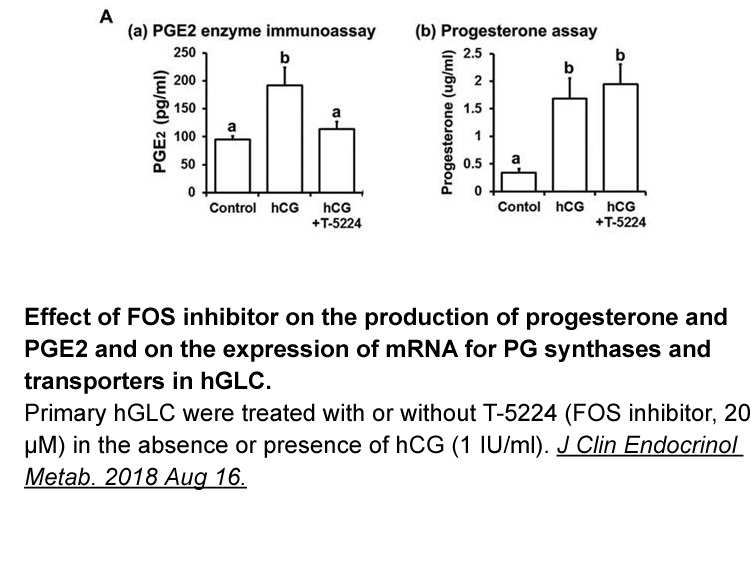
Methods Results Discussion To our knowledge, this is the first report to investigate the association between DBH genotype and pDβH activity in Han Chinese subjects. We also examined the relationship among DBH gene polymorphisms, pDβH activity and cognitive function in patients with schizoph
-
In the belief that DNA based nanosensors and
2021-05-18
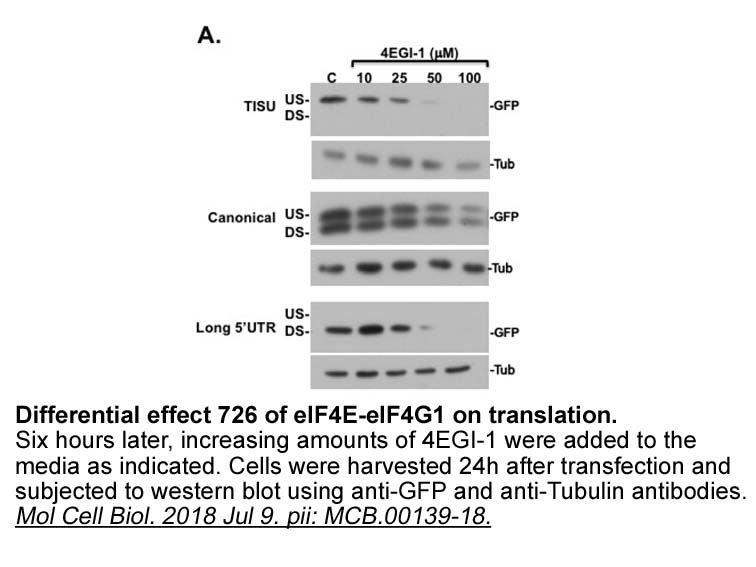
In the belief that DNA-based nanosensors and DNA microarrays should be easier to operate, faster, more accurate and more economically viable than PCR-based techniques, an electrochemical DNA biosensor was designed for detection of G. boninense[9], [10]. This was developed based on a gold electrode m
-
The mammalian two hybrid results
2021-05-18
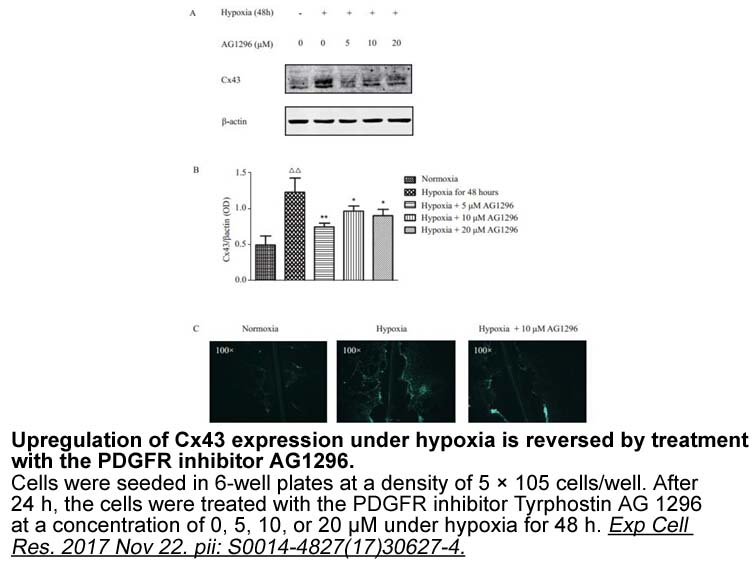
The mammalian two-hybrid results described above were all obtained in 293T cells, and thus the higher RLU observed specific to the hCrm1 fusion could be consistent with human wee1 inhibitor having an unknown activator that interacts with hCrm1 HEAT repeat 9A and somehow facilitates Crm1-Rev/RRE fun
-
CRF and urocortin I are not only
2021-05-18
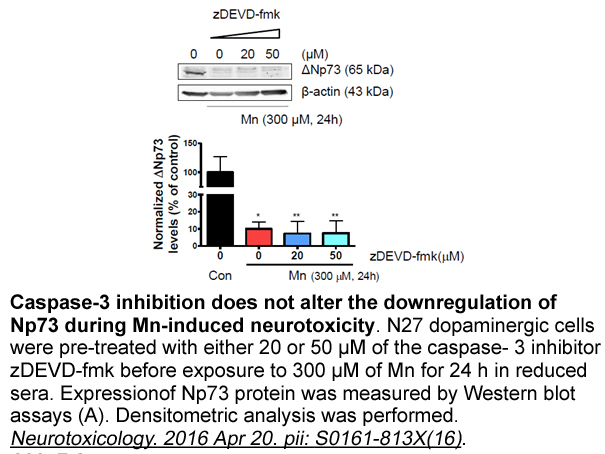
CRF and urocortin I are not only readily found throughout the spinal cord (Korosi et al., 2007), CRF analogs are clearly able to alter nociceptive signals (Imbe et al., 2010; Lariviere and Melzack, 2000). However, it was unclear whether they are released endogenously and involved in the spinal modu
-
br Conclusion br Introduction Interleukin
2021-05-18
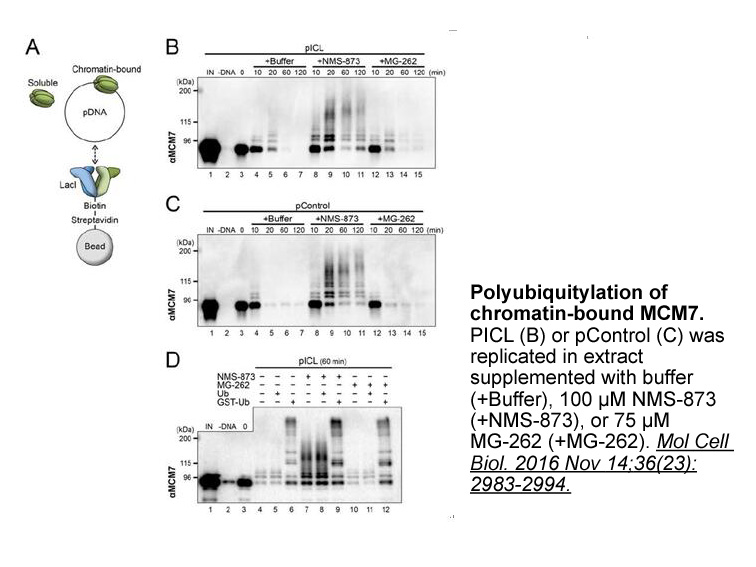
Conclusion Introduction Interleukin (IL)-18 [1] is a member of the IL-1 cytokine family activating corner stones of inflammatory signaling, among others nuclear factor (NF)-κB and p38 mitogen-activated protein kinase. Striking similarities exist between IL-1β and IL-18 including processing by
-
GSK126 The effect of the simple dopaminergic tonic phasic mo
2021-05-18
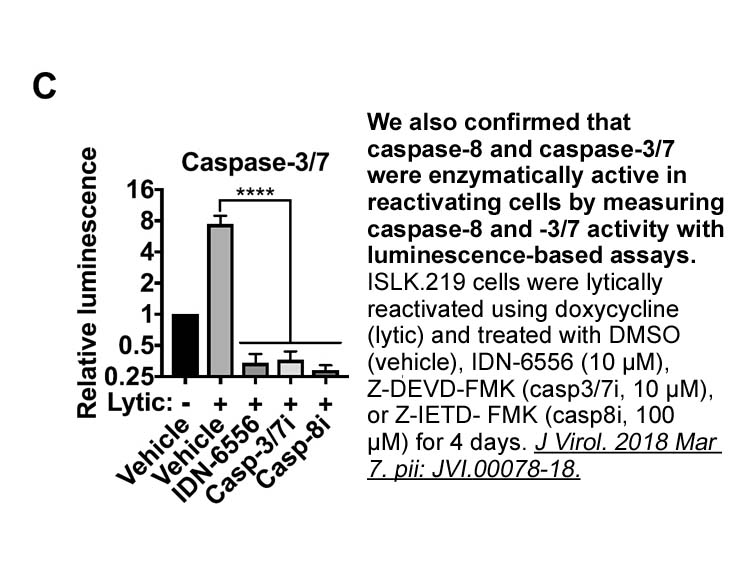
The effect of the simple dopaminergic tonic/phasic model on cognitive processing has been investigated by a few studies (Nolan et al., 2004; Rosa et al., 2010). Rosa et al. (2010), using a Stroop task that requires different levels of cognitive flexibility and stability, observed an association betw
-
CD is a key co stimulation surface marker that
2021-05-18
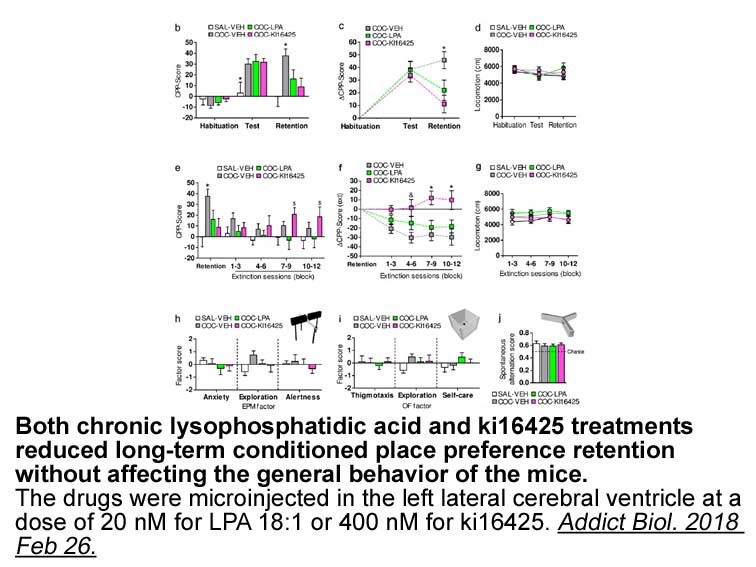
CD28 is a key co-stimulation surface marker that can be detected in all peripheral T GSK2636771 sale in newborns, and the proportion of CD28bearing T cells reduces progressively with age [reviewed by (Fagnoni et al., 1996; Weng et al., 2009)]. Therefore, CD28nullCD8+ T cells are one of the most ack
-
It should be noted that the
2021-05-18
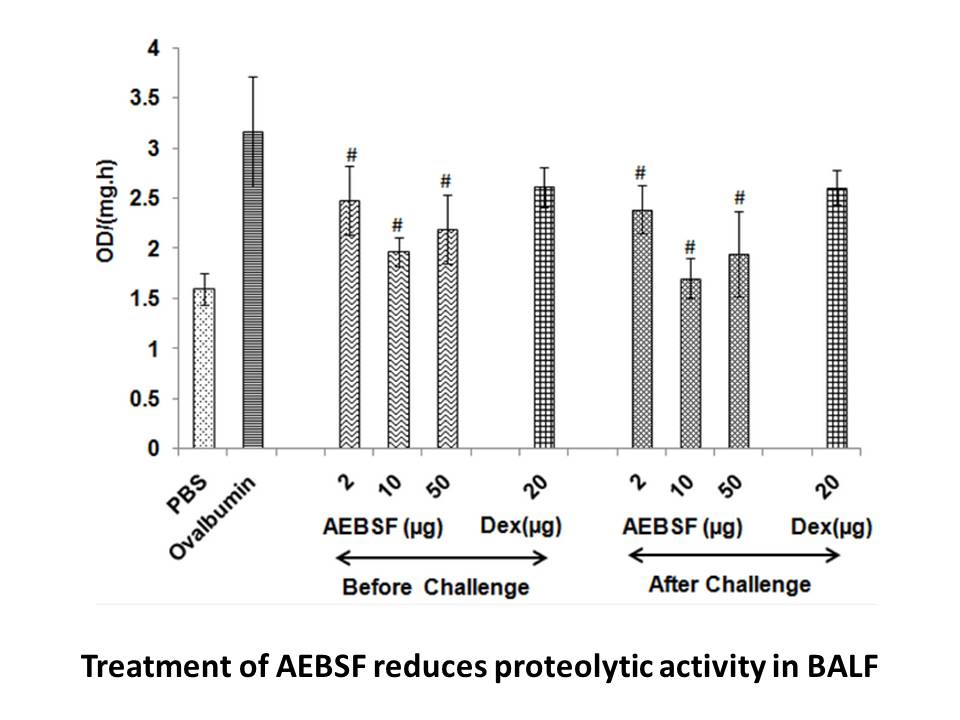
It should be noted that the long-lifetime binding-responsive luminescence of ARC-1528 and ARC-1530 becomes evident only upon illumination with radiation at near-UV range where the excitation of ATB or ASB moiety is possible. At higher wavelength range (visible light), the fluorophore (5-TAMRA) can b
-
Significantly elevated levels of DNA damage
2021-05-18
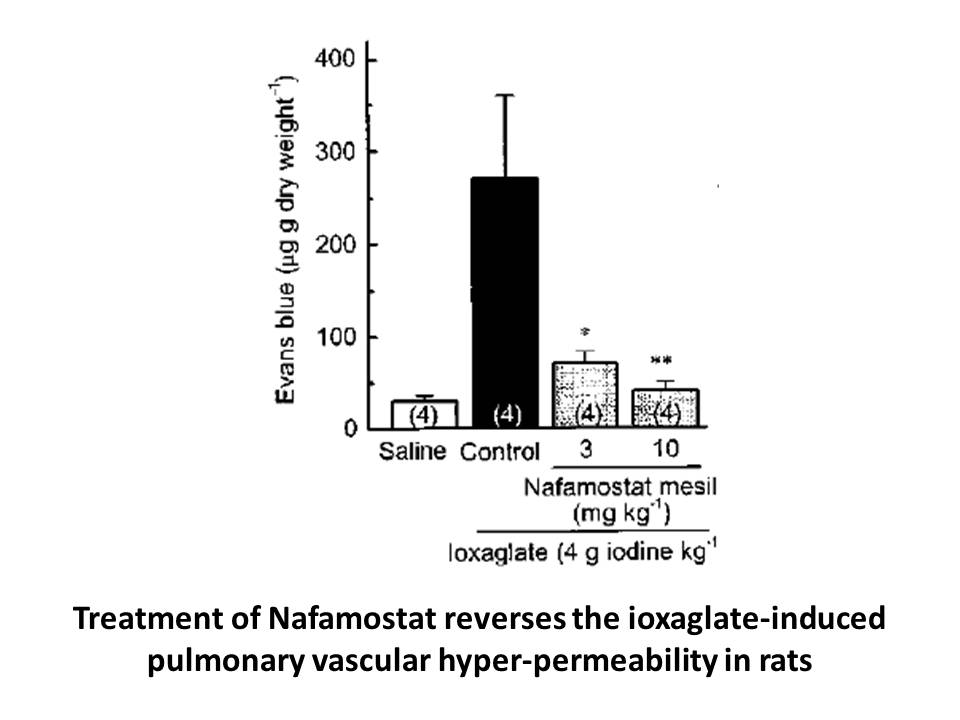
Significantly elevated levels of DNA damage observed in peripheral blood of tea garden women workers indicate the occupational exposure. The same was observed in cholinesterase activities, which detected lower activity in the exposed group compared to non-exposed. Large volumes of pesticides are use
-
In brief while previous studies have evaluated the individua
2021-05-18
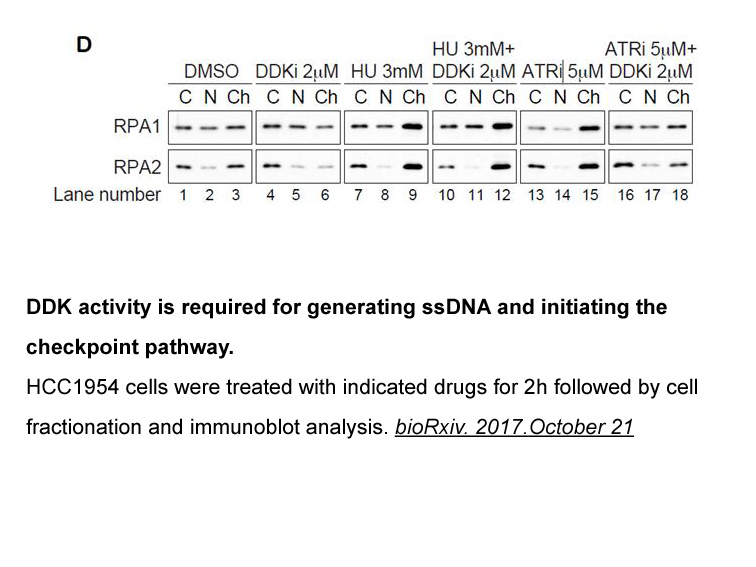
In brief, while previous studies have evaluated the individual roles of VDR and ER signaling pathways in breast cancer, in the present study we performed an in silico approach for comparative evaluation of these pathways. Considering the complex interaction networks in the context of cancer, such co
-
Our results are the first to demonstrate
2021-05-18
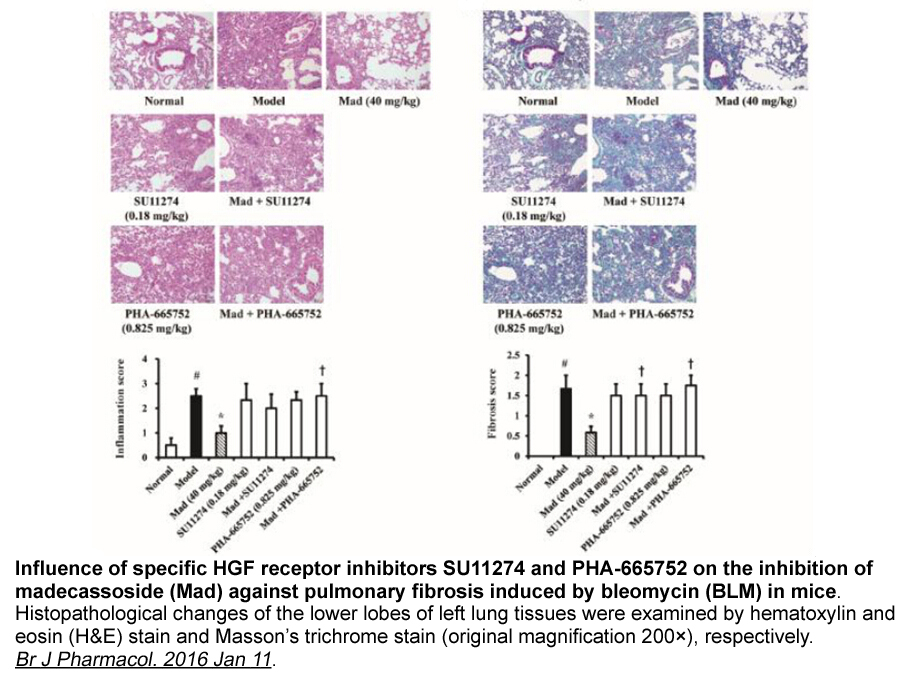
Our results are the first to demonstrate that ERRγ acts as a catabolic regulator of cartilage degeneration and OA pathogenesis, and collectively support the idea that ERRγ could be a therapeutic target for OA Introduction DNA cytosine-5-methyltransferases (Dnmts) catalyze the methyl transfer fr
-
The compounds listed in Table
2021-05-18
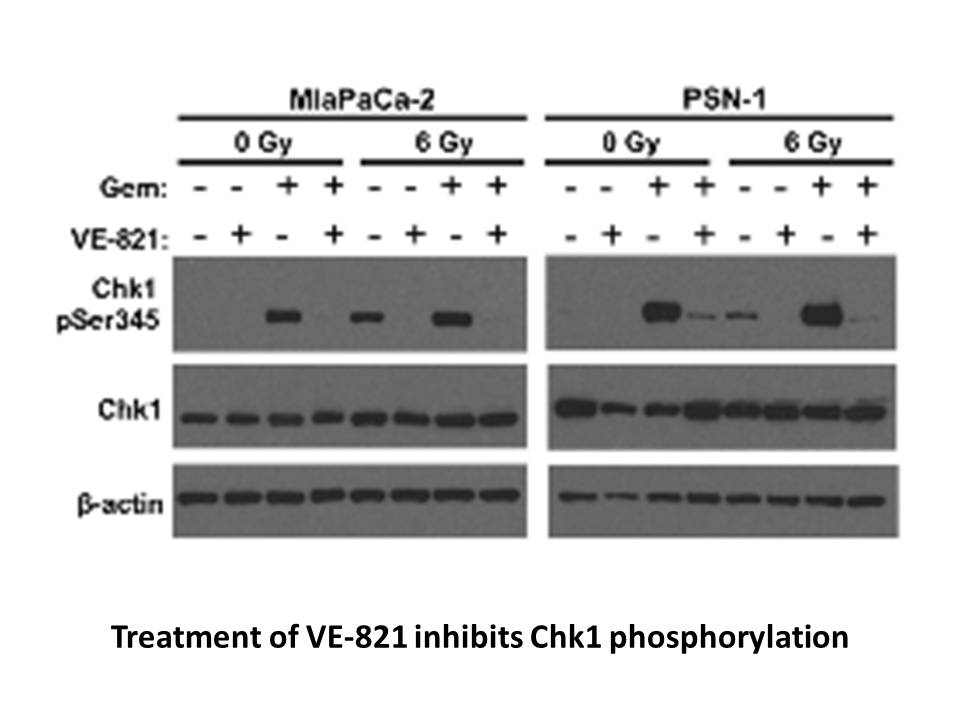
The compounds listed in Table 1, Table 2, Table 3, Table 4, Table 5 were biologically evaluated for their inhibition of the specific binding of a radiolabeled ligand [3H]PGE2 to membrane fractions prepared from cells stably expressing each mouse prostanoid receptor. The EP1 antagonist activity of th
-
br Conclusion The past few
2021-05-18

Conclusion The past few years have witnessed substantial progress in understanding the structural mechanisms of substrate recognition and the reactions catalyzed by the O-GlcNAc-cycling enzymes, but more work remains. In particular, future research will be needed to establish how OGT and OGA inte
-
XL413 hydrochloride australia Another critical finding in th
2021-05-17
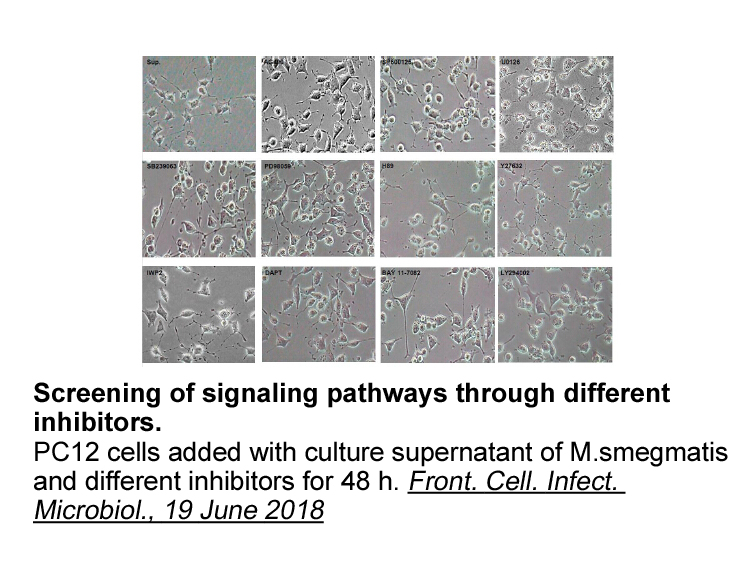
Another critical finding in this study is that the level of αSyn oligomers in the SN of σ1R−/− mice was progressively increased with age, whereas the levels of αSyn monomers and αSyn messenger RNA (data not shown) were not altered compared to WT mice. A number of studies reported that soluble αSyn m
15939 records 668/1063 page Previous Next First page 上5页 666667668669670 下5页 Last page